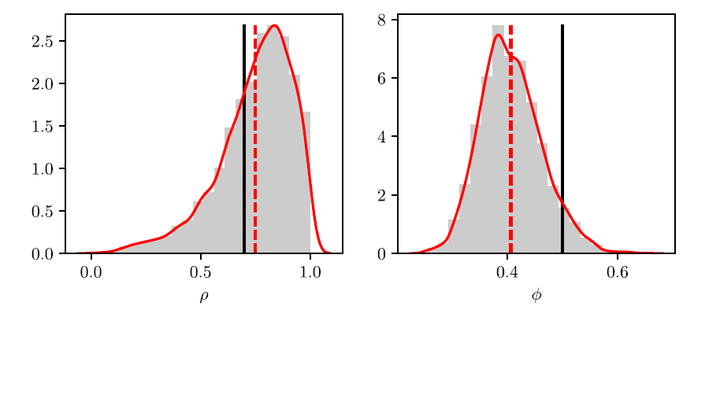A Dynamic Hierarchical Bayesian Model for the Estimation of day-to-day Origin-destination Flows in Transportation Networks
 Estimação da distribuição a posteriori dos parâmetros por meio de simulação de monte carlo baseada em cadeias de markov.
Estimação da distribuição a posteriori dos parâmetros por meio de simulação de monte carlo baseada em cadeias de markov.
Resumo
Estimation of origin-destination (OD) flows in transportation networks is a major step in transportation planning. We are interested in estimating OD flows given data on traffic link volumes over a sequence of days. We propose a dynamic hierarchical Bayesian model for the estimation of day-to-day OD flows. At the first level, we specify a dynamic Gaussian model which describes the evolution of OD flows over time. At the second level, we model the assignment of route flows given OD flows. Route choice probabilities are a function of user-predicted route costs, which depend on past user-experienced costs with a leaning parameter which controls the length of users memory. At the third level we model observed link volumes given route flows. Covariance matrices of OD flows and observed link volumes are modeled through variance functions. We develop a Metropolis-within-Gibbs algorithm to sample from the joint posterior distribution of OD flows, route flows, and parameters of the route choice model and the variance functions. Our model can be applied to both congested and uncongested networks and does not assume network equilibrium. We illustrate application of the model and sampling algorithm through numerical studies on two transportation networks from the literature. In a small test network, results indicate that OD flows and parameters may be identified given uninformative priors, while in a real-scale network OD flows and route choice parameters may be reasonably identified given prior knowledge on OD flows at the beginning of the planning horizon and their temporal variability.